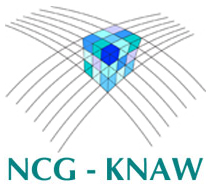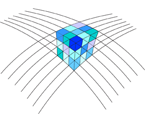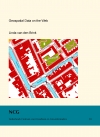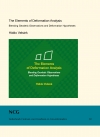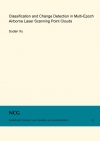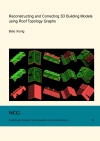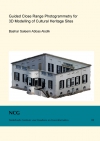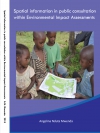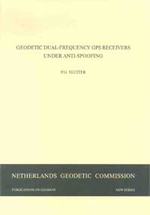
P.G. Sluiter
Publications on Geodesy 42, Delft, 1995. 98 pagina's.
ISBN-13: 978 90 6132 255 9. ISBN-10: 90 6132 255 3.
Comparison of four receivers for baseline accuracy susceptibility to radio frequency interfernce noice in observabless
Summary
On 31 January 1994, the Anti Spoofing (AS) feature was activated by the GPS control segment. This restricts the capabilities of conventional two frequency GPS receivers. Several manufacturers of geodetic receivers have developed methods to overcome most of the adverse effects of AS.
The Working Group for Applied Space Geodesy of the Netherlands Geodetic Commission, (an institute of the Royal Netherlands Academy of Arts and Sciences) decided to investigate and compare the performance of four of these receivers, i.e. the ASHTECH Z 12, the LEICA (or WILD) System 200, Allen Osborne Associates' TurboRogue-(SNR8000) and the TRIMBLE 4000SSE.
Major attention was given to the ability to accurately and quickly resolve two baselines; one of 10 km and one of 100 km length. Furthermore, the susceptibility to radio frequency interference (RFI) was investigated, mainly because in the past years this has on several occasions been a problem during surveys in Holland. And finally an effort has been made to determine the noise in the various observables that are output by the receivers.
We stress that this is not a comprehensive evaluation to be used to decide on which receiver to purchase. For that purpose many other aspects should be taken into account, such as performance under low signal levels (foliage), availability of software and peripheral modules to integrate GPS into normal survey operations, weight, transportability, kinematic operation, price and other aspects for specialized applications.
Some guidance to the reading of this report may be useful. Individual chapters of the report can mostly be read separately, though some aspects overlap. The most important results are always included in the text, often with short tables. More detailed tables or figures are grouped per chapter included in the appendices.
Chapter 1 is an introduction, mainly consisting of a short explanation on AS and how the various manufacturers try to overcome its restrictions. In it, the rationale is given why we choose to evaluate the aspects as described.
Chapter 2 describes the data acquisition for the evaluation of baselines and the noise in the various observables.
Chapter 3 gives the results of "hands off" processing of baselines, using the standard software provided by the manufacturers and a commercially available receiver-independent package, i.e. TOPAS from TerraSat, recently renamed into GEOTRACER from the company Geotronics. The guiding principle in this chapter is that no efforts have been made to improve the results by means of data editing or any other method.
Chapter 4 gives the results of processing with the scientific "Bernese" software package. Here extensive efforts have been made to get the best out of the available data.
Chapter 5 describes the effects of both unintentional and intentional radio frequency interference (RFI) on the performance.
Chapter 6 explains efforts to analyse the noise in the various observables, using one single receiver per manufacturer. Results are given.
Chapter 7 contains the most important conclusions. More detailed conclusions are given at the end of chapters 3,4,5 and 6.
The report concludes with acknowledgements and a list of literature references.
Contents
- Summary vii
- Introduction 1
- Data acquisition 4
- "Hands off" processing (commercial software) 6
- Advanced processing ("Bernese software") 14
- Susceptibility to radio frequency interference 28
- Noise in the basic GPS observables 38
- Conclusions 43
- Acknowledgements 45
- Literature 47
- Appendices chapter 2 48
- Appendices chapter 3 53
- Appendices chapter 4 66
- Appendices chapter 5 80
- Appendices chapter 6 87
